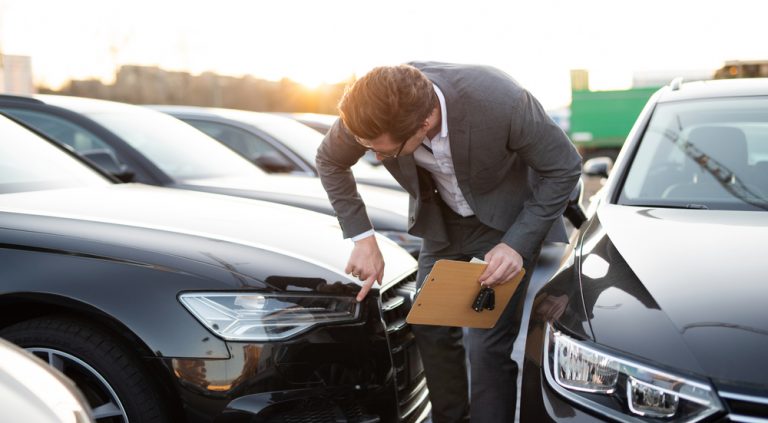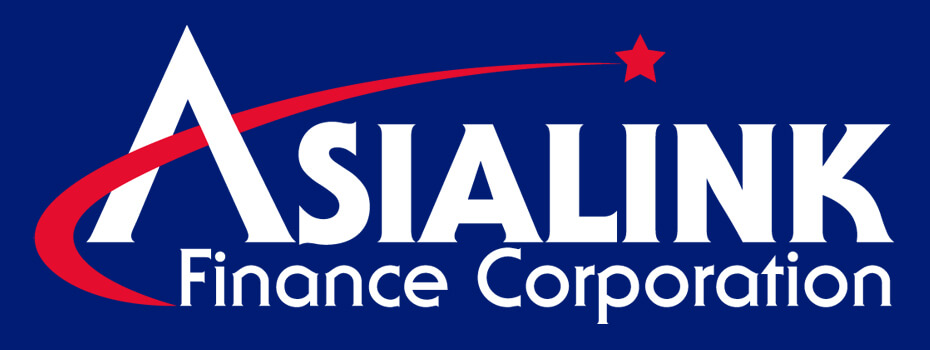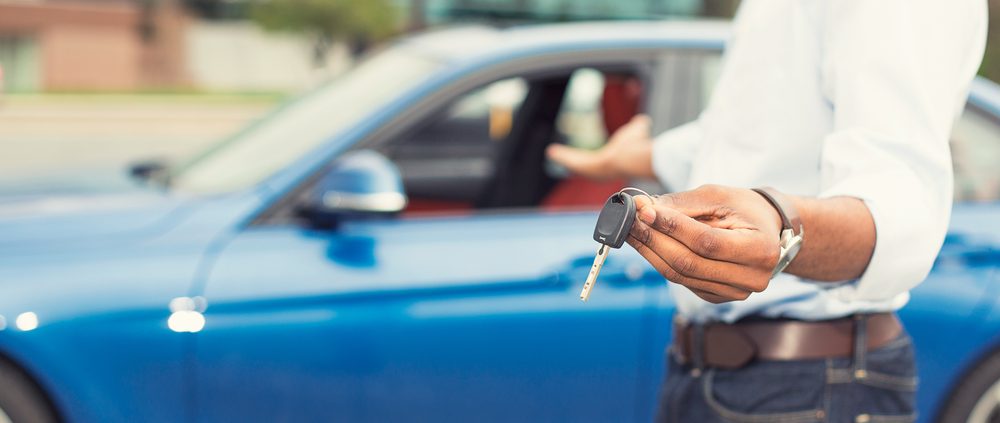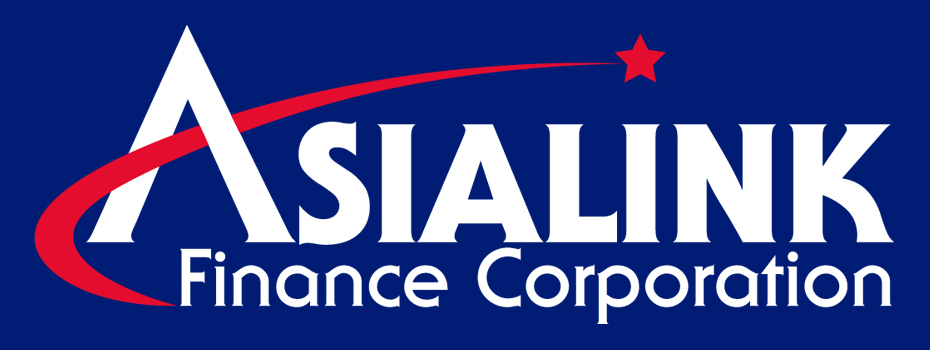At first glance, buying a used car seems more challenging than buying a brand-new vehicle. However, purchasing a 2nd hand car can offer many benefits with its lower insurance cost, dealership fees, and customization costs. The biggest advantage you’ll get is its affordable price. But, you must know that cars depreciate over time like any other asset.
Knowing what to check when buying a 2nd hand car is crucial. This article will provide you with what you should consider, ensuring you get your desired pre-owned car and avoid potential pitfalls.
Factors to Consider When Buying a 2nd Hand Car
Purchasing a 2nd hand car in the Philippines may be difficult, especially with the abundance of options in the market. However, there are several things you may want to consider to help you narrow down your options.
1. Your budget and lifestyle
The automotive industry offers many cars that can fit any lifestyle. But, knowing what you need from your car can help trim your list. For example, an SUV is perfect for family cars or road trips. If you’re a busy body and want to use a car as your main transportation, getting a fuel-efficient vehicle is best for city driving.
Understanding your lifestyle can help you set a budget and how much from an auto loan you’ll need. However, deciding on a budget doesn’t just end with the potential vehicle’s price. You also have to consider other expenses like maintenance and fuel, which may increase your costs if your car requires high maintenance.
2. Inspection
Before finalizing your purchase, check every nook and cranny of your potential 2nd hand car. Just because it looks new outside doesn’t mean the internal parts are. It may lead to more expenses—and hassle—if several parts need to be replaced. You may even use these to bargain for a lower price.

Be as meticulous as possible when checking the parts. Common red flags you should watch out for are engine block fillers, inconsistencies with paint quality, varying tires, damaged parts, and covers for scratched or bent areas. If you’re unsure, consult a professional and enlist their inspection services.
3. Vehicle history
Besides checking for damages, know the history of your chosen vehicle, including how many owners it had and the car title’s legitimacy. If you see inconsistencies with the document details the seller provides, that’s usually a sign that something’s amiss. You don’t want to drive around with a stolen car, so make sure the seller is who they say they are.
You can contact the LTO to check if the car has any red flags in its records. Here, you’ll get the information you need, like the year, model, color, registration date, and if there are any alarms or apprehensions that the LTO put out for the vehicle. You can also ask for an anti-carnapping clearance from the PNP Highway Patrol Group, to be doubly sure.
4. Complete documents
Ensure that the seller presents complete and authentic documents about the vehicle’s history to avoid being scammed or to check if it’s put up for a collateral loan.
These include the original copies of the Certificate of Vehicle Registration (CR), Receipt of Registration (OR), LTO plate number, and Notarized Deed of Sale. Make sure to have the original copies and photocopies of these documents.
5. Test drives
Once the car passes the thorough inspection, take it for a test drive. Test drives help you see if the vehicle is running properly, decide if you should buy the car, and get a feel of the vehicle. Check if it has any blind spots, safety concerns, or easy navigation. If you don’t test out the waters, you may find yourself regretting your purchase down the road.
6. Financing options
Numerous financing options are available to you. Some have minimal requirements and a small down payment, while others have an extensive process requiring much paperwork. Getting a car loan approval before looking for your potential 2nd hand vehicle is a great way to start since this will help you determine the upper limit of your budget.
Try to compare different lender options and see which works best for you. Asialink Finance offers 2nd hand car loans with low-interest rates and multiple payment options to give you the flexibility you need.
7. Mileage
Typically, 2nd had cars with higher mileage indicate that it’s old and has been used a lot. It means you may need to replace multiple parts. With that, make sure your desired 2nd hand car doesn’t have a mileage higher than 100,000km.
You can verify its mileage by checking the pedals and feeling the steering wheel during inspection. Some vehicles may have an indicator of how much distance it has already traveled so that you can check it easily. When in doubt, ask a professional.
Get the 2nd Hand Car You Want

Choosing the right secondhand car is challenging. But, it’ll be worth it if you know what you’re looking for. Apart from the low customization, insurance, and dealership costs, you’ll enjoy the car model you want for an affordable price. However, you must thoroughly inspect your chosen vehicle and conduct extensive research to get the best deal on your pre-owned car.
If you’re looking to finance your new pre-owned car purchase, Asialink Finance offers used car financing in the Philippines. We offer a wide array of convenient and accessible loans with competitive interest rates so you can enjoy your secondhand vehicle at an affordable price.
Apply now for a loan at Asialink Finance and get your pre-owned dream car!
- Truck Maintenance Checklist: 14 Ways to Keep Your Truck in Top Shape - December 20, 2023
- How to Stop Emotional Spending: Exploring 7 Common Triggers - November 9, 2023
- How to Build an Emergency Fund: 6 Steps to Budgeting for Unforeseen Expenses - October 31, 2023






